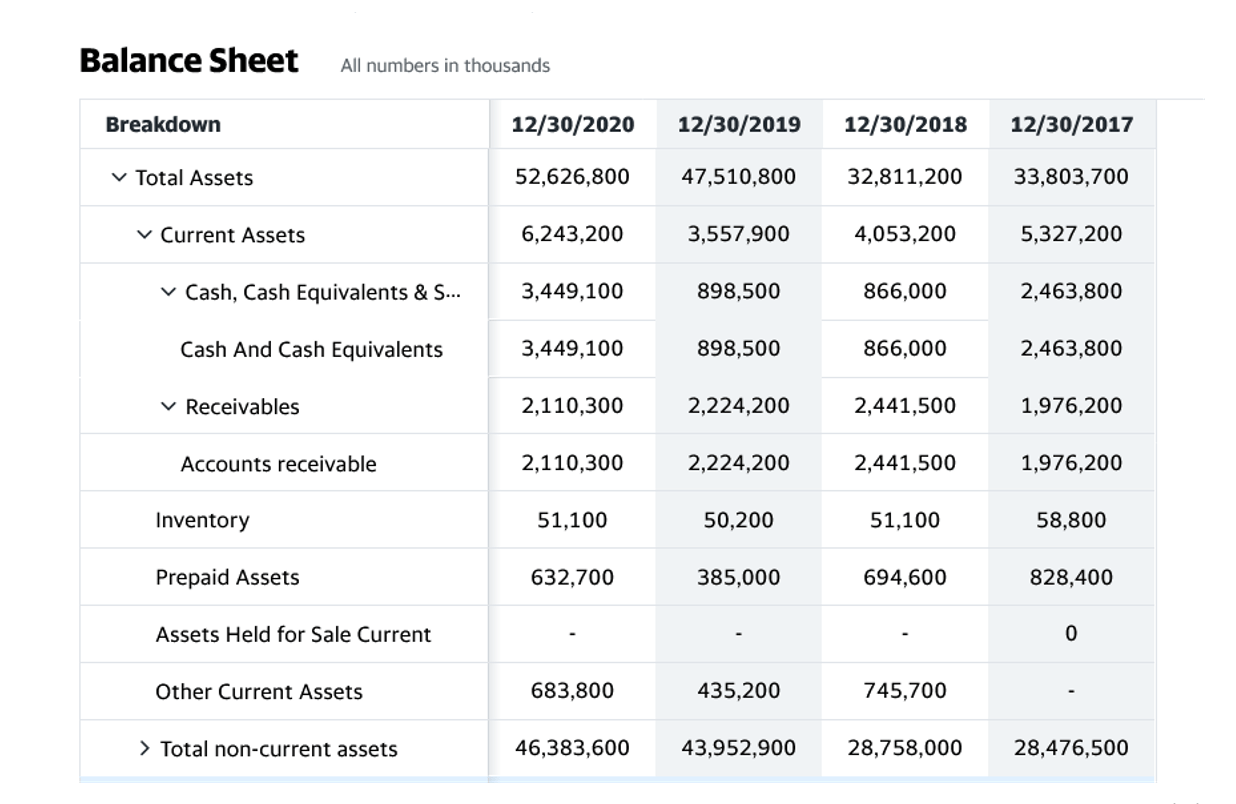
The FLSA allows an alternative method for calculating overtime for salaried, non-exempt employees whose hours fluctuate from week to week, known as the Fluctuating Workweek (FWW) method. The most complex part of classification is determining if an employee’s job duties meet the specific requirements for an exemption. The focus is on the employee’s primary duty, which means the principal, main, major, or most important duty the employee performs. Being paid on a “salary basis” means an employee regularly receives a predetermined amount of compensation each pay period (weekly or less frequent). This amount cannot be reduced because of variations in the quality or quantity of the work performed.

Understanding Your Rights When Pulled Over
- This amount cannot be reduced because of variations in the quality or quantity of the work performed.
- While federal law does not require employers to pay extra for holiday work, many companies offer enhanced rates as part of their benefits to attract and retain employees.
- In the past, employees would pay the required regular tax on overtime pay, minus various payroll deductions, and pocket the rest.
- The DOL has appealed the ruling to the Fifth Circuit, but as of September 2025, the appeal remains pending and the timing and outcome are uncertain.
- It’s calculated by dividing your total compensation for the workweek (with some specific exceptions allowed by the FLSA) by the total number of hours you actually worked during that week.
The standard salary level that currently exempts executive, administrative, and professional (EAP) employees is at $684 per week ($35,568 annually). The rate of overtime pay must be no less than time and a half their usual hourly rate of pay (or 1.5 times the regular rate of pay). Additionally, there is no limit to the number of hours an employee can work in any workweek. If your job fits into one of the four main exemption categories to overtime law (executive, administrative, how much is overtime professional, and outside sales), then you are not protected by New York and federal overtime regulations.
For workers
- Some states also prohibit employers from using bonuses to satisfy part of the minimum salary requirement.
- Under the FLSA, employers are required to keep detailed records of all hours worked by their employees.
- An employer shall pay an employee for overtime at a wage rate of one and one-half times the employee’s wage rate for hours in excess of 40 hours in one work week, except for employers grossing less than $150,000 per year.
- The rule also would have raised the “highly compensated employee” (HCE) threshold from $107,432 to $151,164 by 2025.
- Column three lists each state’s weekly overtime threshold as well as the rate at which overtime is paid.
- Employees and employers alike must stay informed about their state-specific laws to ensure compliance and avoid conflicts.
- Holiday pay can also vary significantly depending on company policies and state laws.
Filing a complaint with the Department of Labor (DOL) or pursuing legal action are common avenues for recovering unpaid wages. Awareness of these rights empowers workers to advocate for fair treatment and helps reinforce compliance standards across industries. Exempt employees, often in managerial, administrative, or professional roles, may not qualify for overtime pay under specific criteria outlined in the FLSA. Understanding these exemptions is vital for employers to avoid misclassification, which can lead to legal disputes and penalties. While the standard rate applies broadly, certain industries may have specific rules that affect how overtime is calculated.
Categories
It’s important for both employers How to Run Payroll for Restaurants and employees to be well-versed in the specific overtime regulations that pertain to their industry to avoid misunderstandings and ensure compliance. Additionally, some employers incorrectly classify employees as exempt or non-exempt, leading to potential violations of overtime laws. Misclassifying a non-exempt employee as exempt can result in serious consequences, including legal action and back pay owed. Understanding these common pitfalls can help both parties avoid disputes and maintain compliance with labor laws. Even if an employee meets the salary basis and salary level tests, they must also meet specific requirements related to their job duties to qualify for an EAP exemption. The employee’s “primary duty” – the principal, main, or most important duty they perform – is key.
B. Exempt Employees

Unless a policy, contract or collective bargaining agreement states otherwise, you needn´t count sick leave, vacation time, holidays, or other paid time during which the employee did not actually work. Many businesses choose to offer their employees time and a half if they work holiday shifts, even if they work less than 40 hours in the workweek (aka holiday pay). However, there is no federal overtime law on whether employees should be paid the overtime rate for working holidays. The Fair Labor Standards Act (FLSA) sets overtime rules and requires most employers to give nonexempt employees overtime pay for additional hours worked. Therefore, Ohio’s overtime minimum wage is $15.68 per hour, one and a half times the regular Ohio minimum wage of $10.45 per hour. If you earn more then the Ohio minimum wage rate, you are entitled to at least 1.5 times your regular hourly wage for all overtime worked.
Communicating Overtime Policies to Employees
The agreed upon regular hours must be used if they are less than the legal maximum regular hours. For example, if you work 32 to 38 hours each week, there is an agreed average workweek of 35 hours, and thirty-five hours is the figure used to determine the regular rate of pay. However, in circumstances where the workweek is less than 40 hours, the law does not require payment of the overtime premium unless the employee works more than eight hours in a workday or more than 40 hours in a workweek. In other words, assuming you are employed under a policy that provides for a 35-hour workweek, the law does not require the employer to normal balance pay the overtime premium until after eight hours in a workday or 40 hours in a workweek. If you work more than 35 but fewer than 40 hours in a workweek, you will be entitled to be paid for the extra hours at your regular rate of pay unless you work over eight hours in a workday or 40 hours in a workweek.

When you pay your employees twice a month, it’s called a semi-monthly pay period. Typically, they occur on fixed days like the 1st, 15th, or 30th of the month. By adhering to FLSA overtime regulations, businesses can avoid penalties, foster a positive work environment, and ensure fair compensation for employees. While the FLSA sets the federal standard, many states have stricter overtime laws. Employers must follow the law that provides the greatest benefit to employees.


Leave a Reply